Day 1: Miami/Panama City, Panama/Colon/ Embark Ship
 |
Highlight of the Day: Entering the Panama Canal
|
We had to rise quite early at 6 am to be on time at Miami International Airport. We boarded American Airlines in late morning on a non-stop flight to Panama City, with a flying time of about three hours.
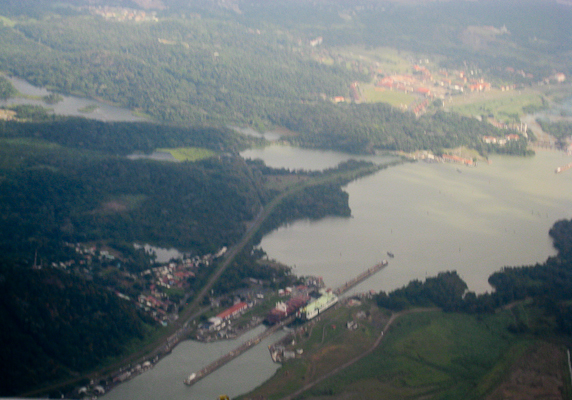
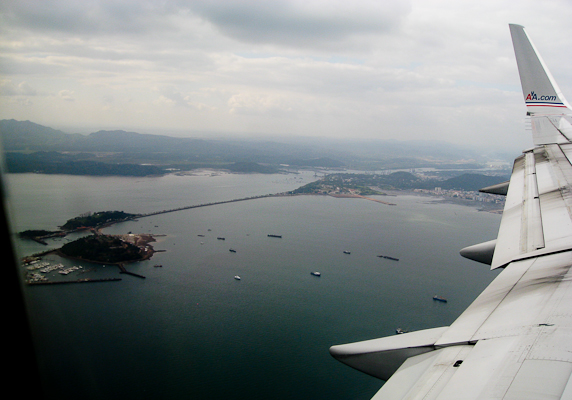
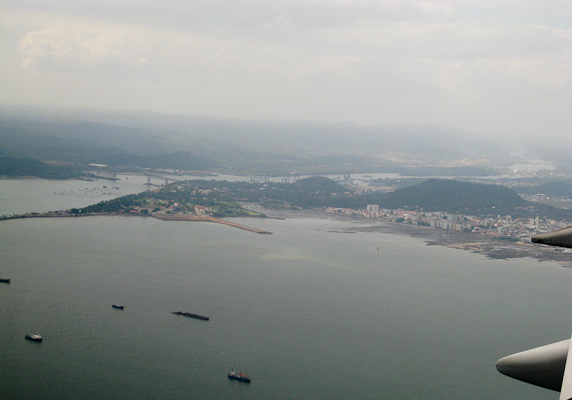
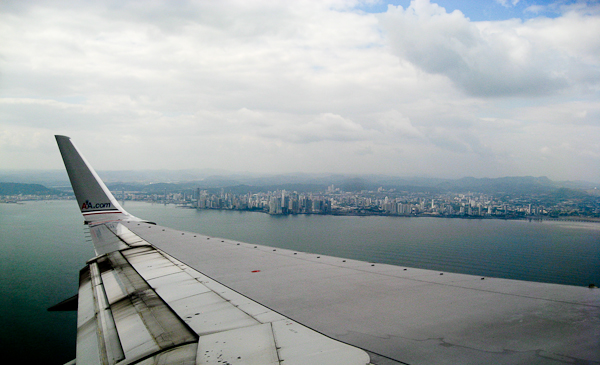
Panama City is located on the Pacific. Since we were to enter the Canal from the Caribbean side, we had to drive "back" through the panhandle. It took us 2 hours along slum-like housing. We had expected to see some of the Gatun Lake, the largest man-made lake, but did not.
On arrival in Colon, we saw the first of many large containers waiting to be loaded on trains to cross Panama. They were dropped off by ships that were too large to fit in the locks of the canal.

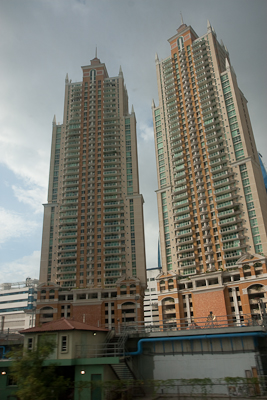
Sophia, our youngest daughter, can't wait to see her first monkey.
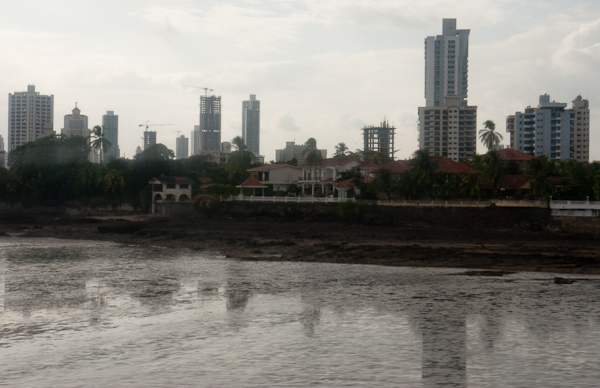
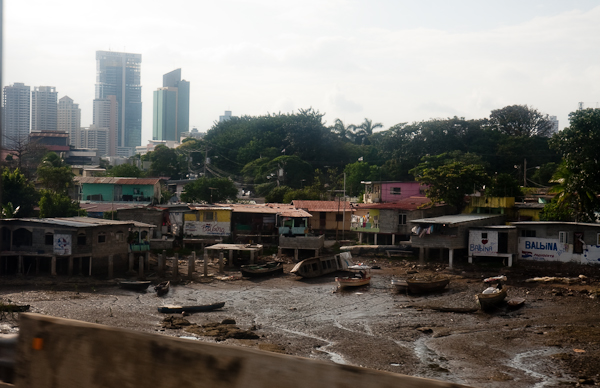
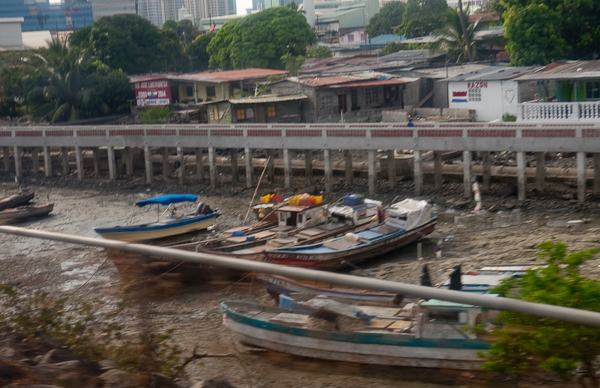
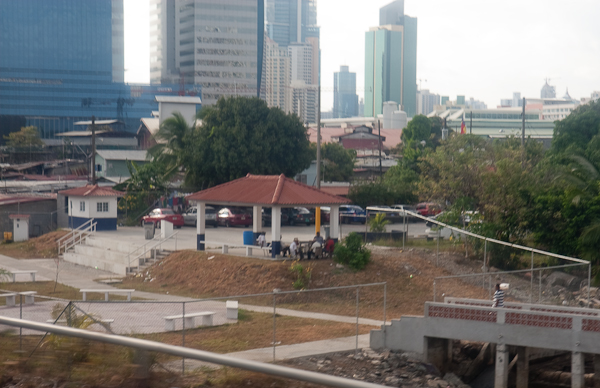
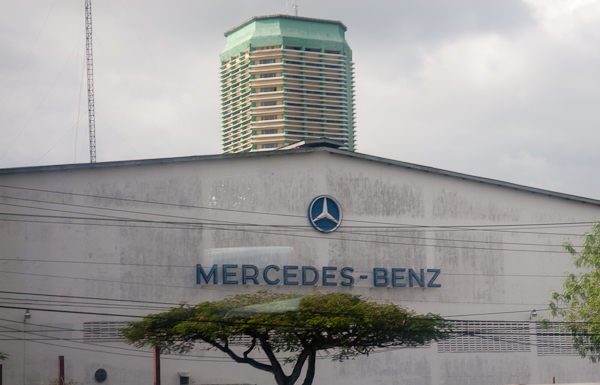
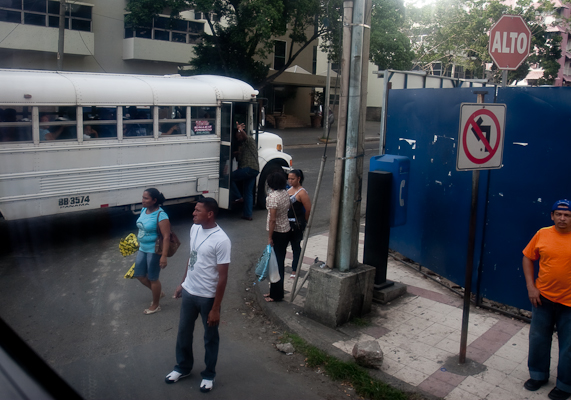
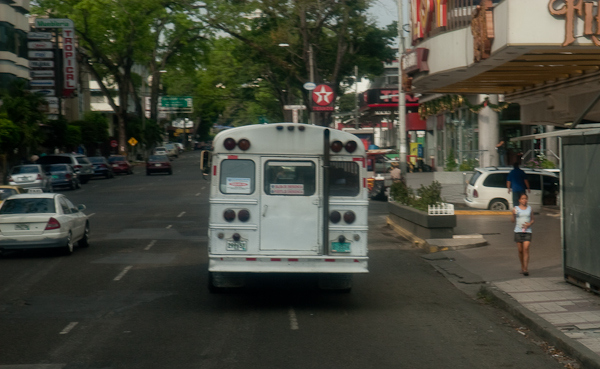
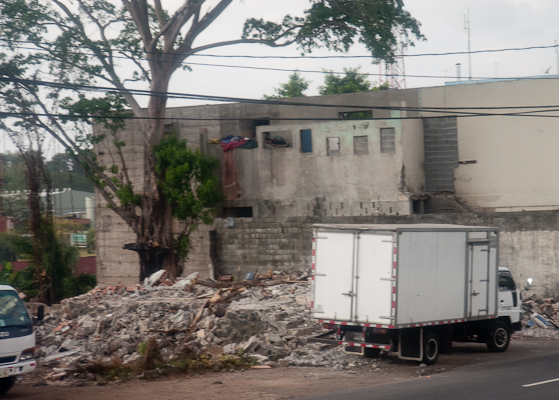
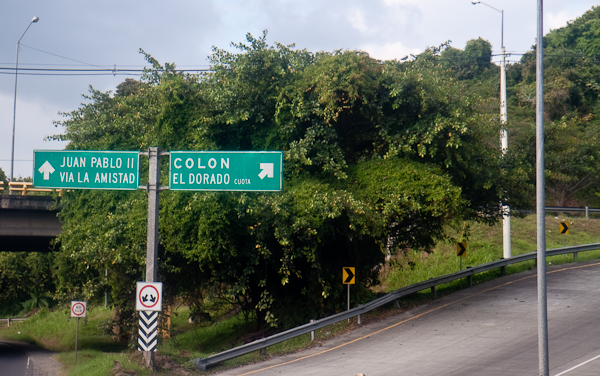
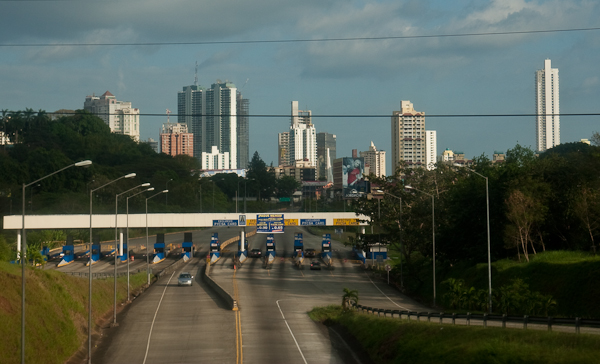
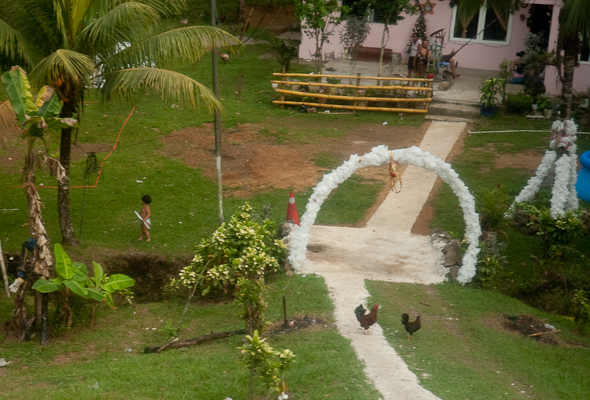
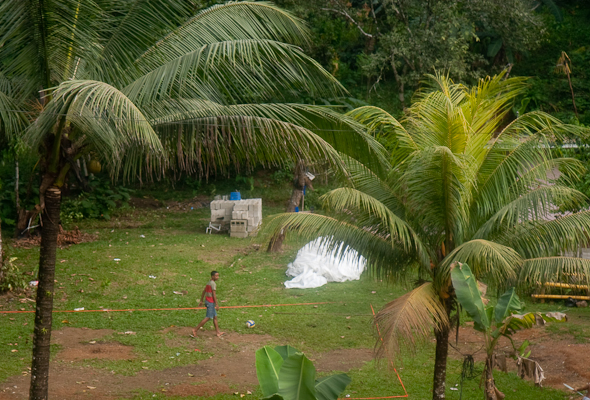
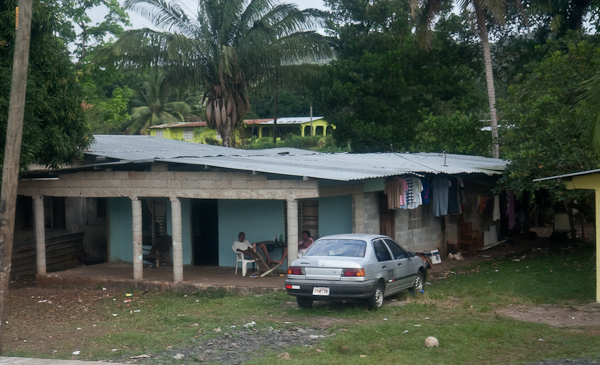
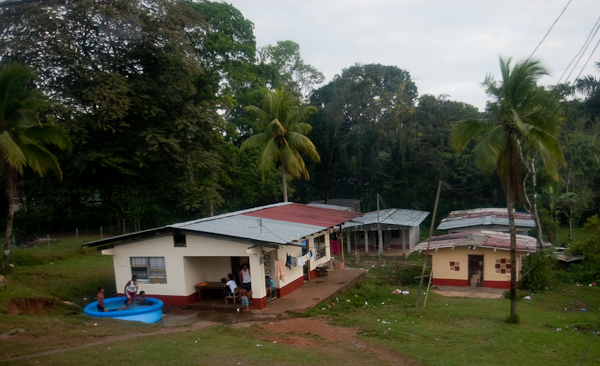
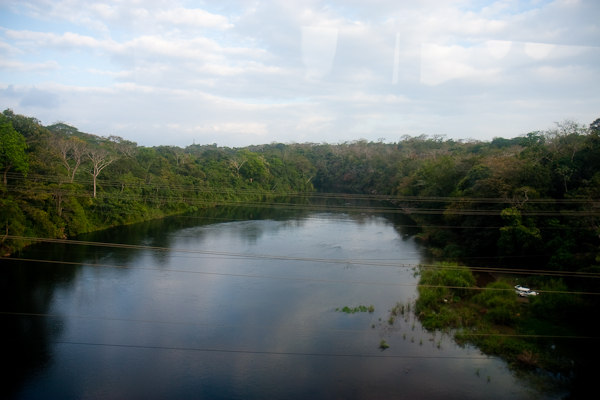
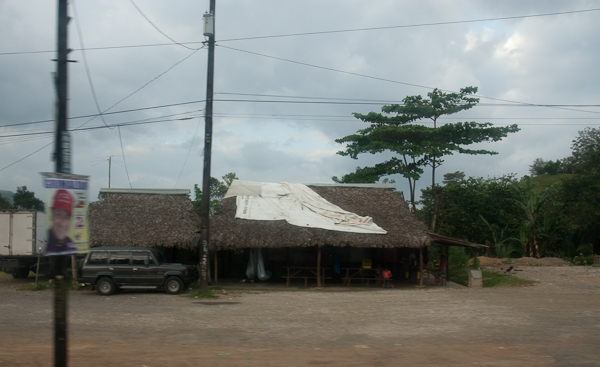
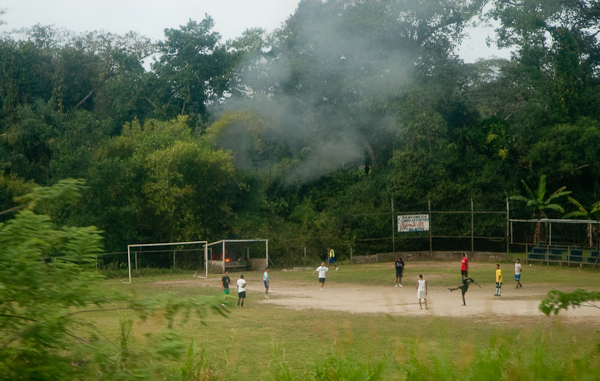
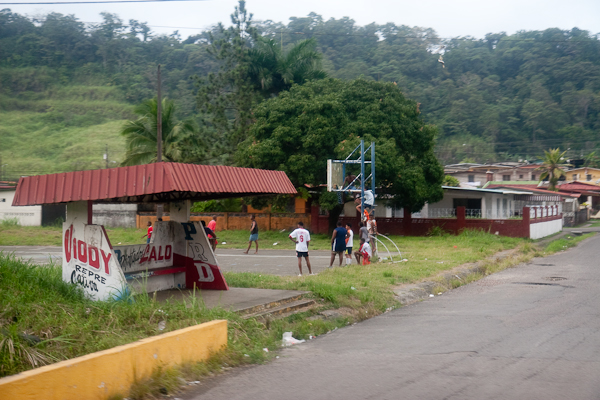
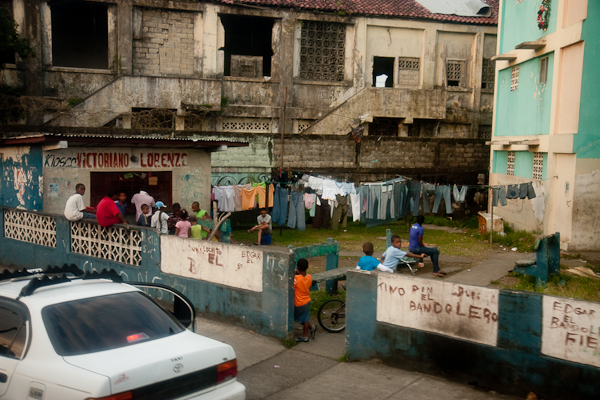
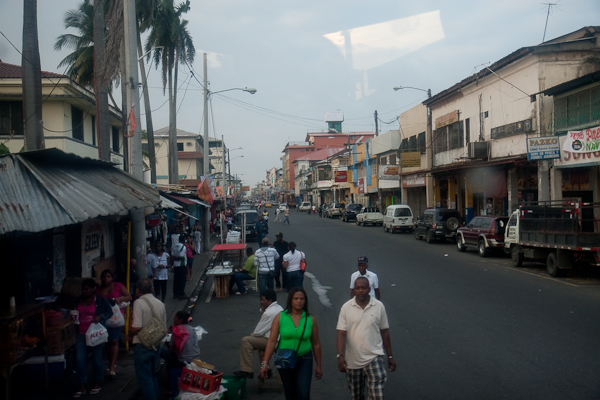
We boarded the Sea Voyager and set sail for the first part of our Panama Canal transit almost immediately.
Located in the narrowest part of the American continent and the lowest region of the Panamanian isthmus, the Panama Canal was built by the United States of America from 1904 to 1914 and is still one of the most amazing engineering marvels of the world.
The Canal provides easy and reliable crossings from the Atlantic to the Pacific and back for more than 750 thousands vessels. Ships all over the world are built to fit the three sets of double locks that are part of this 80 Km (50 mi) long water way.

Source: http://www.orwelltoday.com/panamacanal.jpg
As we lined up to enter the first lock, a group of Panama Canal employees boarded our ship and took over control, not actually steering the vessel, but observing and telling our captain what to do.
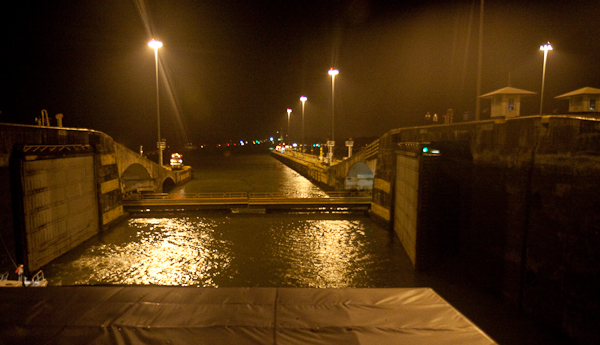
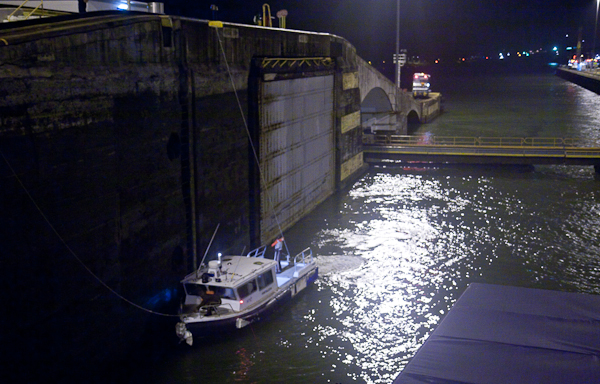
The Panama Canal Locks, which lift ships up 25.9 m (85 ft) to the main elevation of the Panama Canal, were one of the greatest engineering works ever to be undertaken at the time (The steel for the locks came from Pittsburgh!). The total length of the lock structures, including the approach walls, is over 3 kilometres (nearly two miles). More...
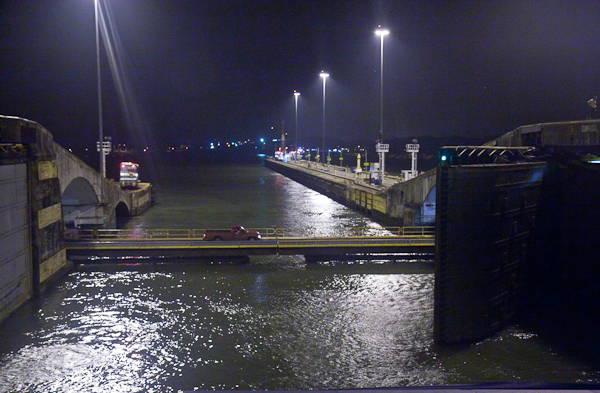
There are three sets of locks in the canal. A two-step flight at Miraflores, and a single flight at Pedro Miguel, lift ships from the Pacific up to Lake Gatun; then a triple flight at Gatun lowers them to the Atlantic side.
We drove into the first lock behind a large Chinese ship. The gates closed relatively quickly, and within 8-10 minutes the water had lifted us up to the next level. The second gate opened and we entered the second chamber.
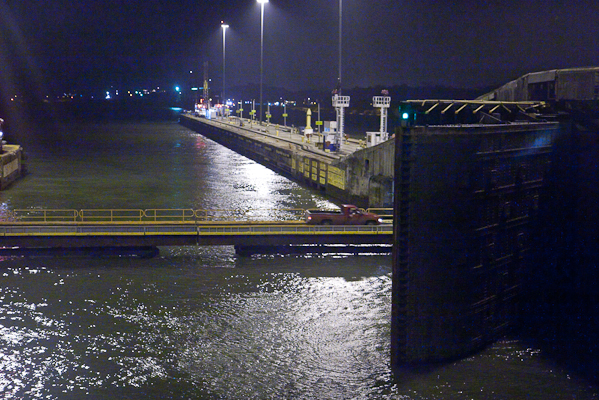
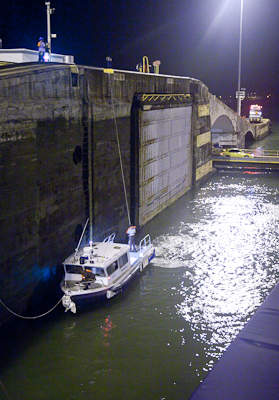
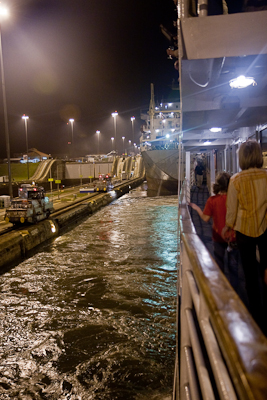
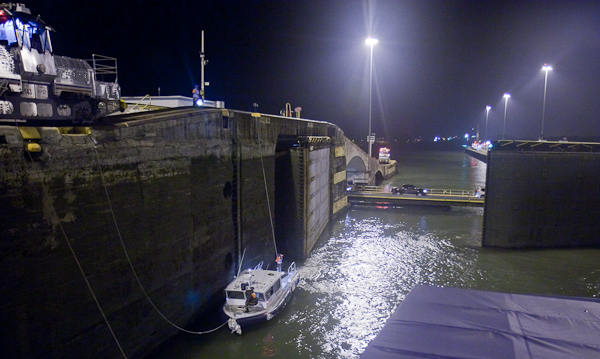
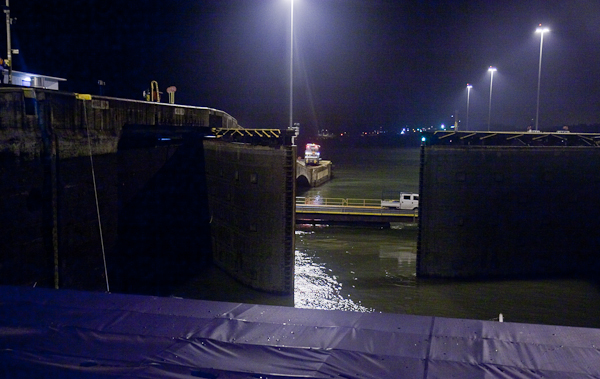
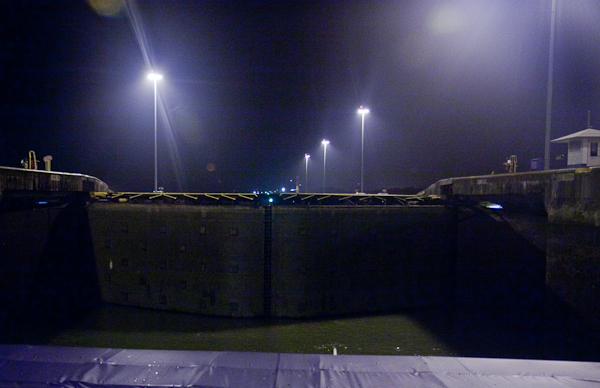
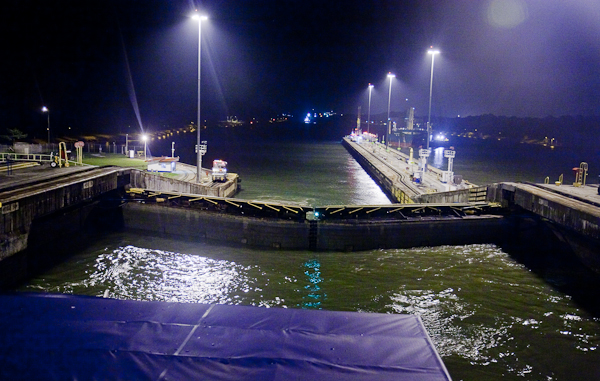
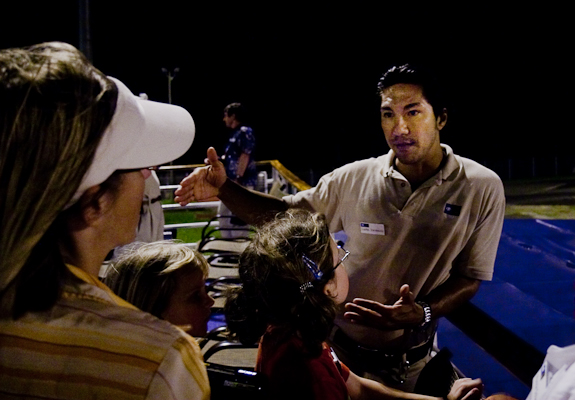
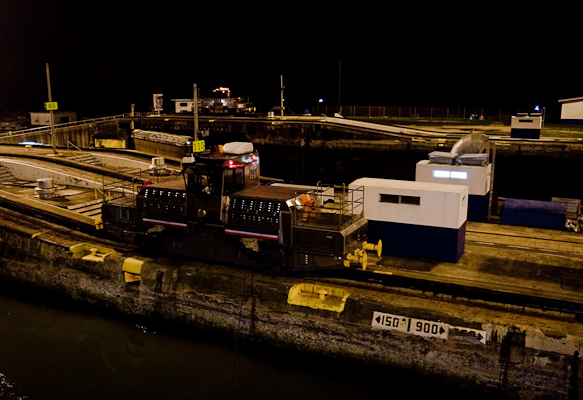
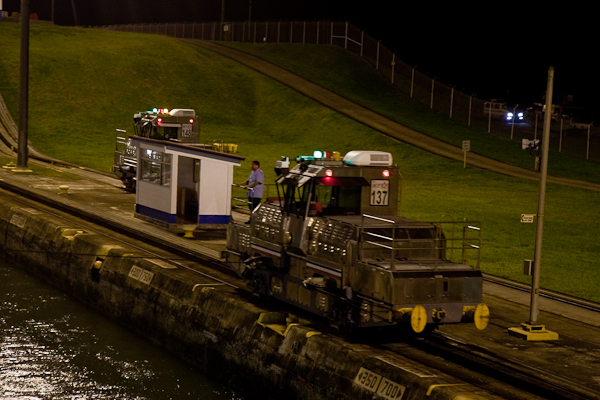
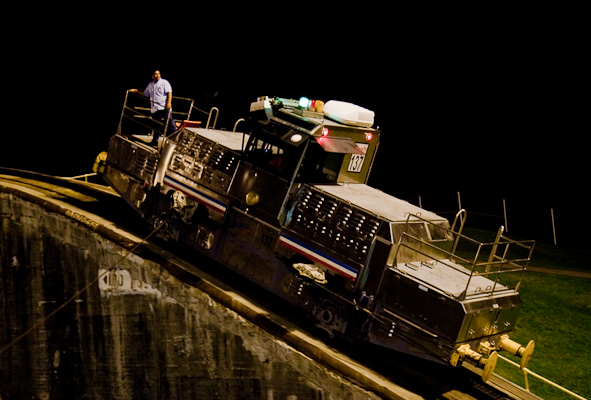
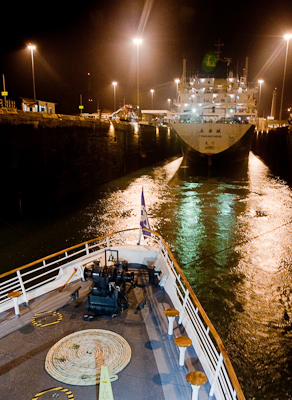
For our 60 passenger ship, the passage cost US$10.000.
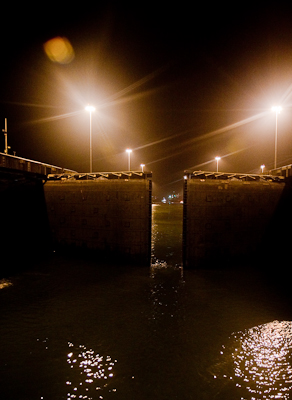
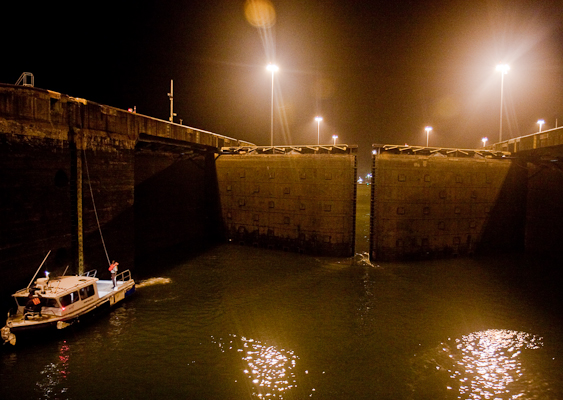
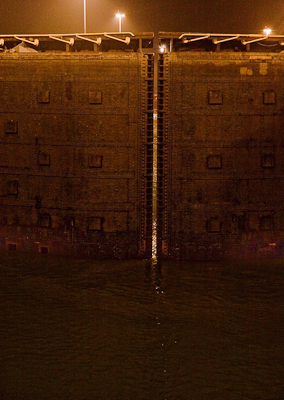
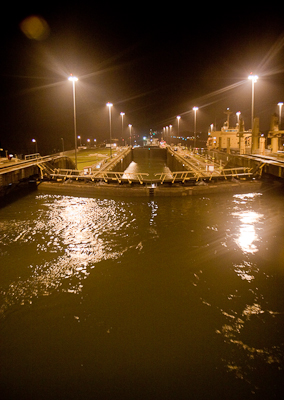
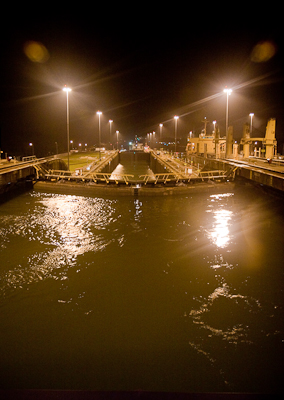
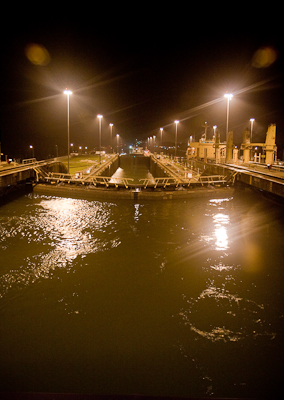
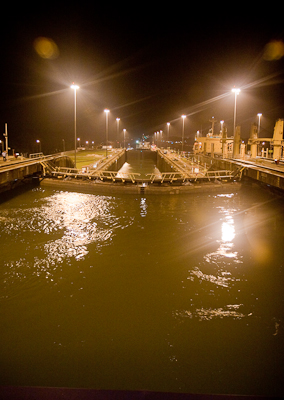
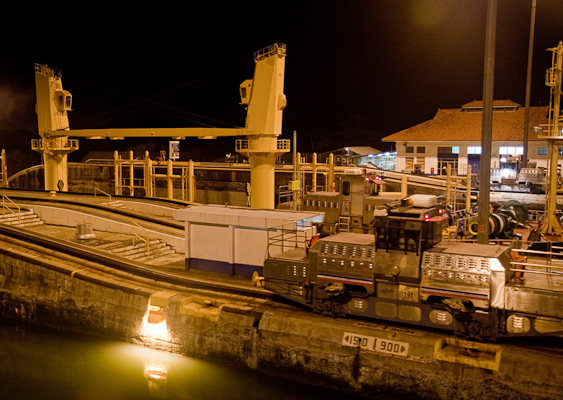
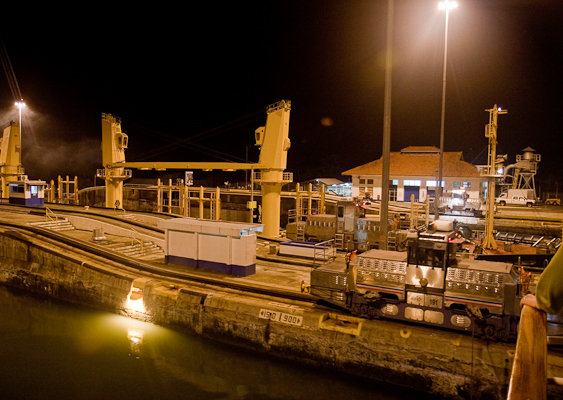
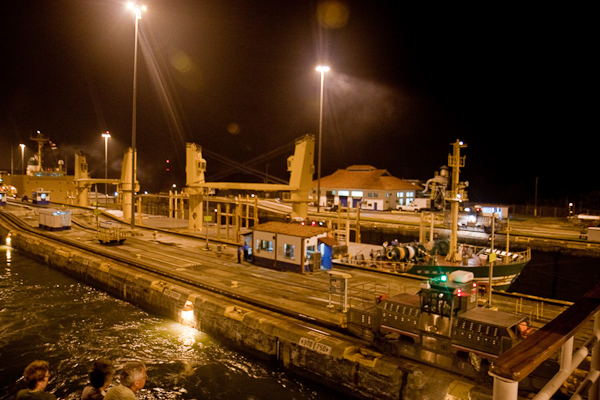
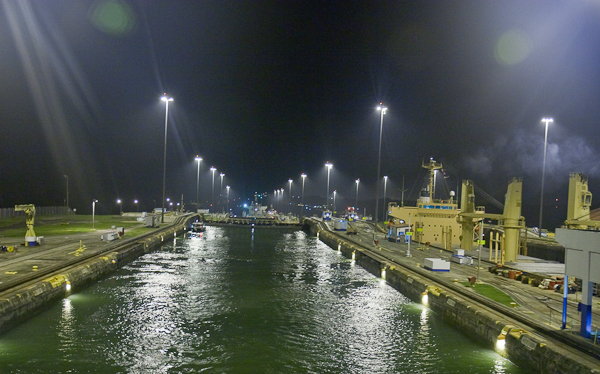
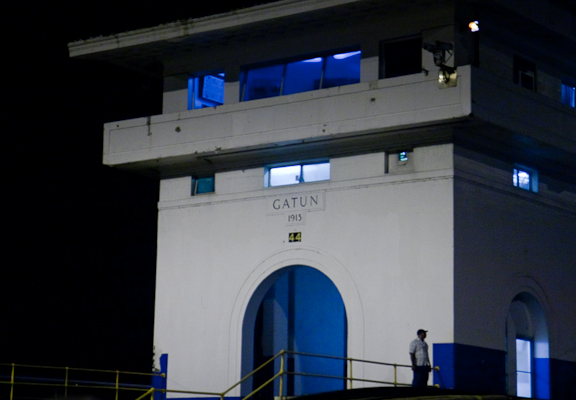
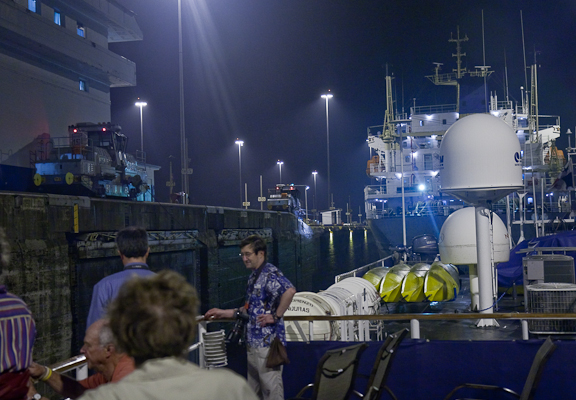
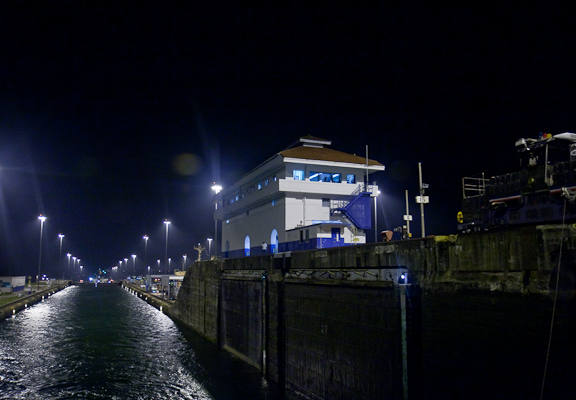

In less than two hours, the Sea Voyager passed all three Gatun Locks and finished the first section of our crossing through the Panama Canal.
Passing through the three chambers of the Gatun Locks was fascinating. As we were rising 85 feet above sea level, we witnessed the precise coordination between the pilot and our captain at the bridge, the control tower of the Gatun Locks, the locomotives that keep the ship aligned, and the line-handlers onboard the ship.
Our ship continued into Gatun Lake where we anchored there for the night. The Sea Voyager is the only ship allowed to stay on Gatun Lake for the night, and its passengers are the only ones permitted to explore impressive Barro Colorado Island – an activity planned for tomorrow.
More information
